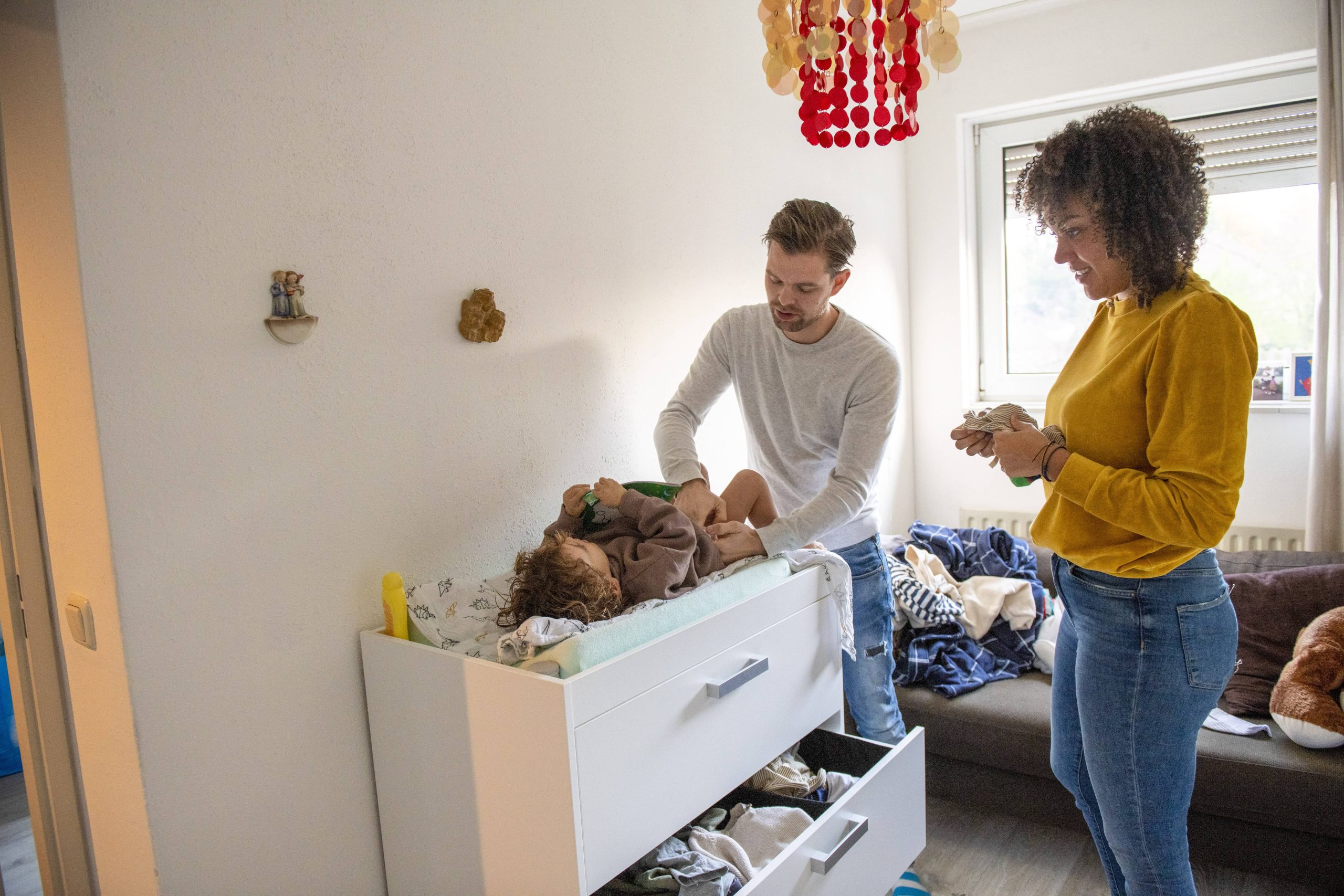
Living in small spaces can often feel like a constant battle against clutter. With every item seemingly competing for limited square footage, maintaining an organized and stress-free home might feel unattainable. However, with some strategic planning and creative thinking, harnessing the potential of small spaces is entirely possible. Whether you live in a cozy apartment, a compact home, or just have some small rooms to contend with, here are some effective tips for organizing and maximizing your small spaces.
1. Declutter First and Frequent
The first step to organizing any space, particularly a small one, is decluttering. Often, we don’t realize how much we accumulate over time—items that are no longer used, needed, or beloved. Begin with a systematic approach by evaluating your belongings: What has genuine utility or sentimental value? What hasn’t been used in over a year? Adopt a minimalist mindset, and remember the golden rule: less is more. Donate, sell, or recycle items that don’t serve you, and invite only essential or treasured items to remain.
2. Embrace Multi-Functional Furniture
When square footage is limited, every piece of furniture should serve a purpose—preferably more than one. Think about incorporating multi-functional furniture into your space. A sofa bed can accommodate guests without a dedicated guest room, while ottomans with built-in storage can house throws or magazines. Consider a drop-leaf table that can expand for dining or contract when not in use, or use bookshelves as room dividers that provide both storage and privacy.
3. Maximize Vertical Space
Often, the most underutilized space in small rooms is vertical. Making the most of your walls can free up valuable floor space and help reduce clutter. Use wall-mounted shelves for storing books, displaying ornaments, or organizing office supplies. Pegboards can be a stylish and practical way to hang everything from kitchen utensils to office equipment. Don’t forget about the area above doors or windows—it’s perfect for a shelf to store seasonal items.
4. Utilize Underutilized Spaces
In a small home, no inch should go to waste. Look for underutilized spaces—like under the bed, staircases, or awkward corners—and find ways to make them productive. Under-bed storage can be a lifesaver for keeping out-of-season clothes or extra bedding. Roll-out bins or drawers can keep these items organized and easily accessible. In a staircase, consider installing cabinets or using the space beneath the stairs for storage. Similarly, corner shelves or corner desks can transform unused areas into functional nooks for storage or work.
5. Optimize Closet Space
Closets are prime real estate in small spaces, and organizing them efficiently is key. Install adjustable shelving or use shelf dividers to maximize vertical space. A hanging shoe organizer can be used for more than just shoes—it’s also perfect for storing accessories, cleaning supplies, or toys. Install hooks on the inside of closet doors for hats, bags, or jewelry. If your closet lacks structural organization, consider investing in a customizable closet system that fits your specific needs.
6. Create Zones for Different Activities
Even in the smallest of spaces, this can prevent chaos and disorganization. Define your space with specific zones dedicated to different activities. Designate a corner with a comfortable chair and good lighting as your reading nook, and set up a small desk or a foldaway table for work tasks. Having a clearly defined purpose for each area helps keep items contained and reduces the chance of clutter taking over.
7. Be Intentional with Your Purchases
One way to prevent clutter collection is to be mindful of new items entering your space. Before making a purchase, consider if it truly serves a purpose or brings you joy. Can it fulfill multiple roles? For example, purchasing a decorative basket can serve both as a stylish accent and as a storage solution. Following the ‘one-in, one-out’ principle can also help maintain balance; for every new item you bring in, commit to removing one.
8. Use Light and Color Wisely
Color and light can greatly influence the perception of space in a small home. Using light, neutral colors on walls and furniture can make a room feel larger and more open. Similarly, maximizing natural light with mirrors can create the illusion of more space. Opt for furniture pieces that don’t visually overwhelm; glass or acrylic items, for instance, can provide functionality without drawing too much visual focus.
9. Rotate and Store Seasonally
If your small space feels overloaded, consider rotating items by season. Under-bed storage bins can house heavy blankets, winter coats, or seasonal decorations during summer months, and vice versa. By keeping only seasonally relevant items readily available, you can create a more streamlined and organized environment.
In conclusion, organizing small spaces requires thoughtful planning and creativity, but the peace of mind and visual harmony it brings are well worth the effort. By embracing smart storage solutions and keeping your possessions purposefully curated, you can transform any small space into a functional and inviting home. Remember, it’s not about complicating your life with more storage, but about simplifying it with less clutter and more thoughtful living.

